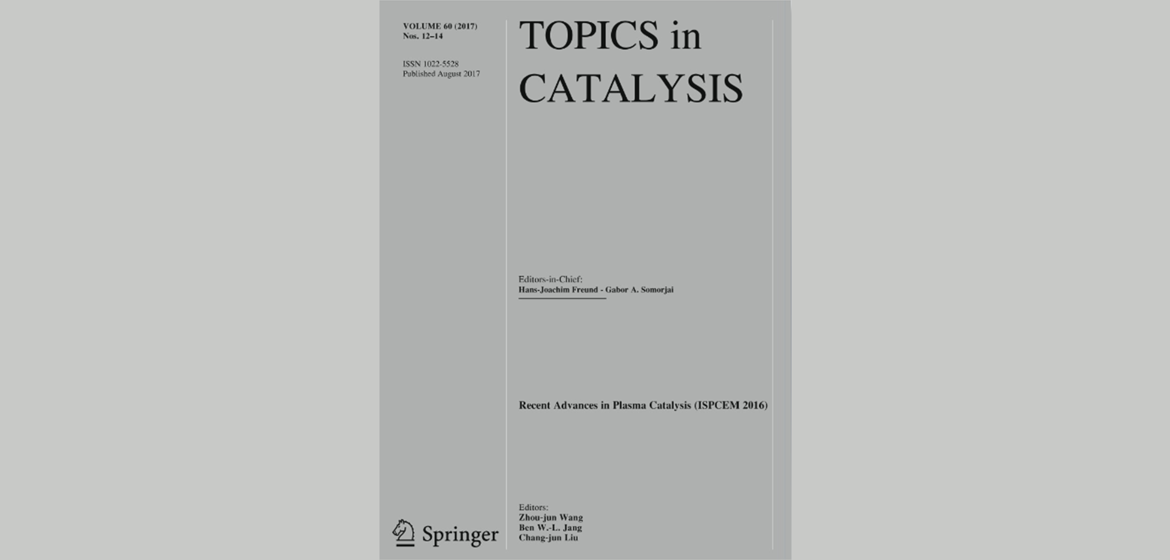“In this work the activity of ruthenium decorated carbon foam (Ru/CF) catalyst was studied in three phase hydrogenation reaction of d-xylose to d-xylitol. The developed catalyst was characterized by using scanning electron microscopy, transmission electron microscopy, X-ray photoelectron spectroscopy, inductively coupled plasma optical emission spectrometry and nitrogen adsorption–desorption measurement. Kinetic measurements were carried out in a laboratory scale pressurized reactor (Parr®) assisted by SpinChem® rotating bed reactor (SRBR), at pre-defined conditions (40–60 bar H2 and 100–120 °C). The study on the influence of reaction conditions showed that the conversion rate and selectivity of hydrogenation reaction of d-xylose was significantly affected by temperature. These results have been proved by a competitive kinetics model which was found to describe the behavior of the novel system (Ru/CF catalyst used together with the SRBR) very well. Besides, it was revealed that the catalytic activity as well as the stability of our Ru/CF-SRBR is comparable with the commercial ruthenium decorated carbon catalyst (Ru/AC) under identical reaction conditions. Moreover, all steps from catalyst preparation and catalyst recycling as well as catalytic testing can be performed in an easy, fast and elegant manner without any loss of materials. Briefly, the developed Ru/CF catalyst used together with the SRBR could be used an excellent alternative for the conventional Raney nickel catalyst in a slurry batch reactor and offers an attractive concept with obvious industrial applicability.”

Highlights:
- “The SRBR which can be considered as an evolution version of a stirred contained solid reactor was recently developed by SpinChem AB, Umeå, Sweden. When rotating, the SRBR takes advantage of centrifugal forces that generate a flux through a solid catalyst located at the internal parts of the reactor. This type of operations not only provides good isothermal conditions but also improves the liquid–solid and gas–liquid mass transfer to the solid phase of the catalytic sites.”
- “Unfortunately, screens with very small holes will result in the blocking of the screen rendering the SRBR concept unpractical. Consequently, our monolith-type, flexible Ru/CF catalyst with high mechanical strength can be seen as a solution. First, because of its flexibility, higher Ru/CF catalyst loading (very low density of around 8 mg.cm-3) can be obtained by pressing the foam into the SRBR. Consequently, in a typical reaction, 0.2 g of Ru/CF (around 25 cm3) was easily forced inside the SRBR chamber (around 12 cm3). Secondly, once the catalyst is secured inside the SRBR, it cannot escape even at high stirring rates. Thus, neither inner nor outer screens are required.”

